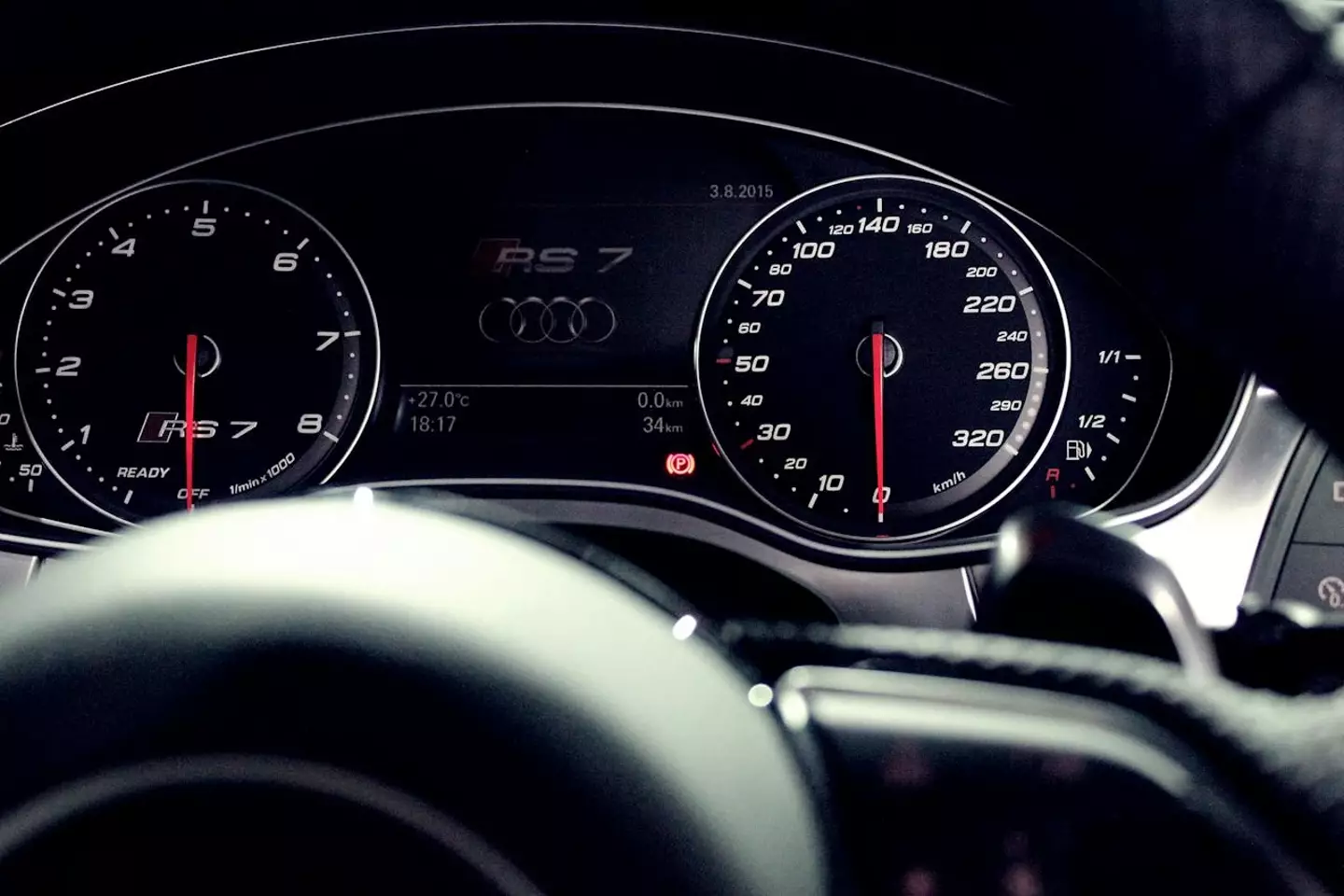
If you think car thermometers always seem to be 'inaccurate', it's because they often are.
As the festive freeze is upon us, drivers up and down the country will be having to let their car warm up before setting off into work in the mornings.
With arctic wind warnings from the Met Office, many will be layering up for their journey into the office.
"There is an increasing risk of wintry hazards as we move through the next few days so frost, fog, sleet and snow starting to appear from the forecast," Dan Stroud, senior operational meteorologist at the Met Office, said.
Advert
"We are likely to see widespread frost develop during the course of the week but in terms of snowfall, it will mostly be in the form of showers down that sort of northeast coastal fringe mid-week onwards.
"But it will largely be restricted to hills."
However, throughout the cold weather days, drivers often wonder why the temperature reading in their car is different from the weather app on their phone.
Brian Donegan - meteorologist at weather.com - has revealed why temperature readings in cars are often way off the mark.
Advert
"On a warm summer day, it usually displays a temperature significantly higher than the actual temperature, and there are several reasons why," he said.

The weather expert revealed that your car 'does not actually have a built-in thermometer'.
It turns out that the reading on your dashboard actually comes from a thermistor - not a thermometer.
Advert
"Most commonly, the temperature is measured with a mercury thermometer. The liquid mercury inside the thermometer expands and rises to a certain value when heat is added, and contracts and falls to a lower value when heat is removed," he explained.
"A thermistor, on the other hand, measures the change in electrical current as a result of heat added or removed. The problem is not with your car's thermistor itself; in fact, thermistors are typically accurate, not to mention small and cheap to make.
"The real problem is where the thermistor is located on your car. Most automakers place the thermistor on the front of the car behind the grille."

He added: "This location exposes the instrument's readings to re-radiated heat from the road surface.
Advert
"If you've ever walked barefoot on the beach or on a blacktop on a sunny day, you likely felt the re-radiated heat directly as your feet burned on the hot surface.
"Roadways, or any blacktop for that matter, are great absorbers of incoming solar radiation. They heat up quickly, raising the temperature right at the surface, so temperatures over the blacktop are higher than over grassy or shaded surfaces.
"Therefore, the temperature your car's thermistor is recording is the warmer temperature over the roadway, which has been heated by the sun. This can be 10-plus degrees warmer than the actual air temperature, which is measured about 6 and a half feet above a grassy surface, typically at an airport location."
All in all, you're probably best using the Met Office app for the forecast.
Featured Image Credit: Getty Stock Images